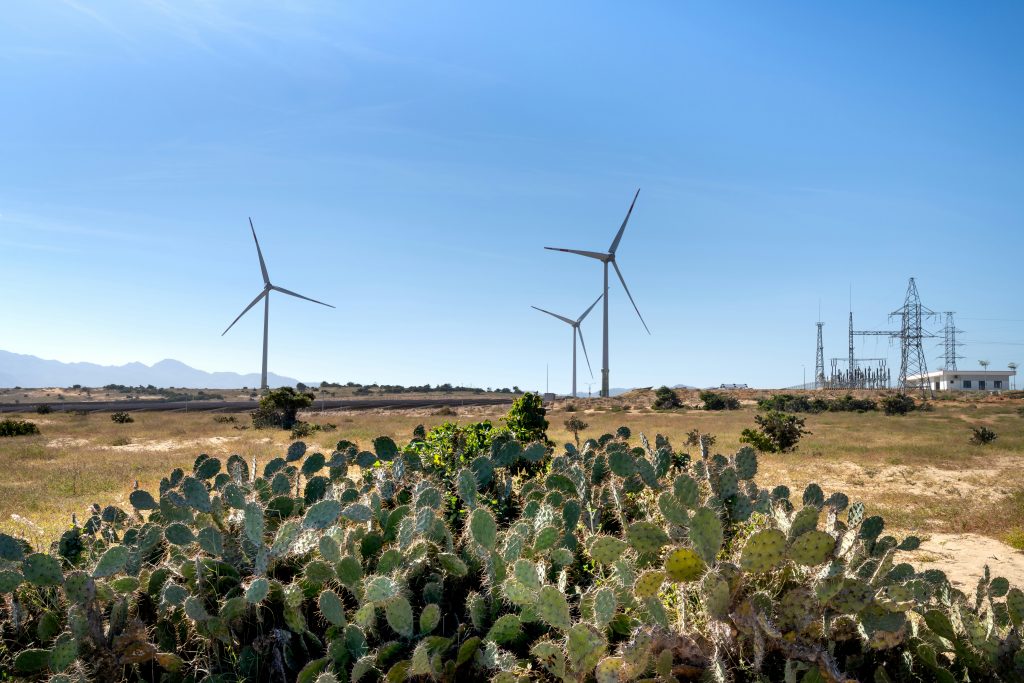Sustainable Manufacturing: How Nearshoring Reduces Your Carbon Footprint & Strengthens ESG Goals

As companies worldwide commit to Environmental, Social, and Governance (ESG) initiatives, rethinking supply chains has become a priority. While offshore manufacturing in Asia has long been the standard, nearshoring to Mexico offers a more sustainable, ethical, and efficient alternative. By moving production closer to home, businesses can cut carbon emissions, improve transparency, and align with ESG principles while maintaining cost efficiency.
How Nearshoring Supports ESG Commitments
1. Lower Carbon Emissions (Environmental Impact)
A key component of ESG is reducing greenhouse gas (GHG) emissions, and one of the biggest contributors is long-distance shipping. Manufacturing in Asia requires extensive ocean freight, adding thousands of miles to each shipment’s journey. In contrast, nearshoring to Mexico significantly cuts transportation emissions (see Figure 1).

Figure 1 Freight Transportation https://climate.mit.edu/explainers/freight-transportation
2. Energy-Efficient & Sustainable Manufacturing
Mexico’s manufacturing sector is increasingly adopting renewable energy sources like solar and wind power. Many industrial parks and suppliers are implementing green energy solutions, making nearshoring a more environmentally responsible production choice. Aligning with low-carbon manufacturing partners in Mexico helps companies meet ESG-driven carbon reduction targets.

3. Ethical Sourcing & Social Responsibility
Sustainability goes beyond emissions; ethical labor practices and fair wages are also crucial ESG components. Nearshoring to Mexico provides greater transparency in supplier operations, working conditions, and material sourcing, helping businesses avoid unethical labor practices that are harder to monitor in distant offshore locations. Mexico’s labor laws continue to evolve to prioritize fair wages and worker rights, reinforcing the social responsibility aspect of ESG.
4. Reduced Waste & Responsible Production
Offshore supply chains often lead to overproduction and excess inventory, resulting in material waste and inefficiency. Nearshoring enables just-in-time (JIT) manufacturing, allowing businesses to produce only what is needed, thus minimizing waste and optimizing resource use. This shift directly supports ESG policies focused on waste reduction and sustainable resource management.
5. Improved Governance & Supply Chain Transparency
One of the biggest ESG challenges is supply chain visibility. Long-distance offshore manufacturing often results in complex supplier networks, making it difficult to track environmental impact, ethical labor practices, and compliance risks. Nearshoring to Mexico simplifies governance by providing closer oversight, improved traceability, and stronger compliance with sustainability regulations.
Nearshoring: A Smart Move for ESG-Driven Businesses
As ESG reporting and sustainability regulations become more stringent, businesses must rethink their global supply chains. Nearshoring is not just a cost-saving strategy—it’s a long-term ESG investment that enhances environmental responsibility, ethical sourcing, and transparent governance.
Ready to Build a More Sustainable Supply Chain?
SourceFlow helps businesses transition to nearshoring in Mexico, ensuring that suppliers meet ESG standards while optimizing costs. Let’s discuss how we can make your supply chain more resilient, responsible, and sustainable. Contact us today!
